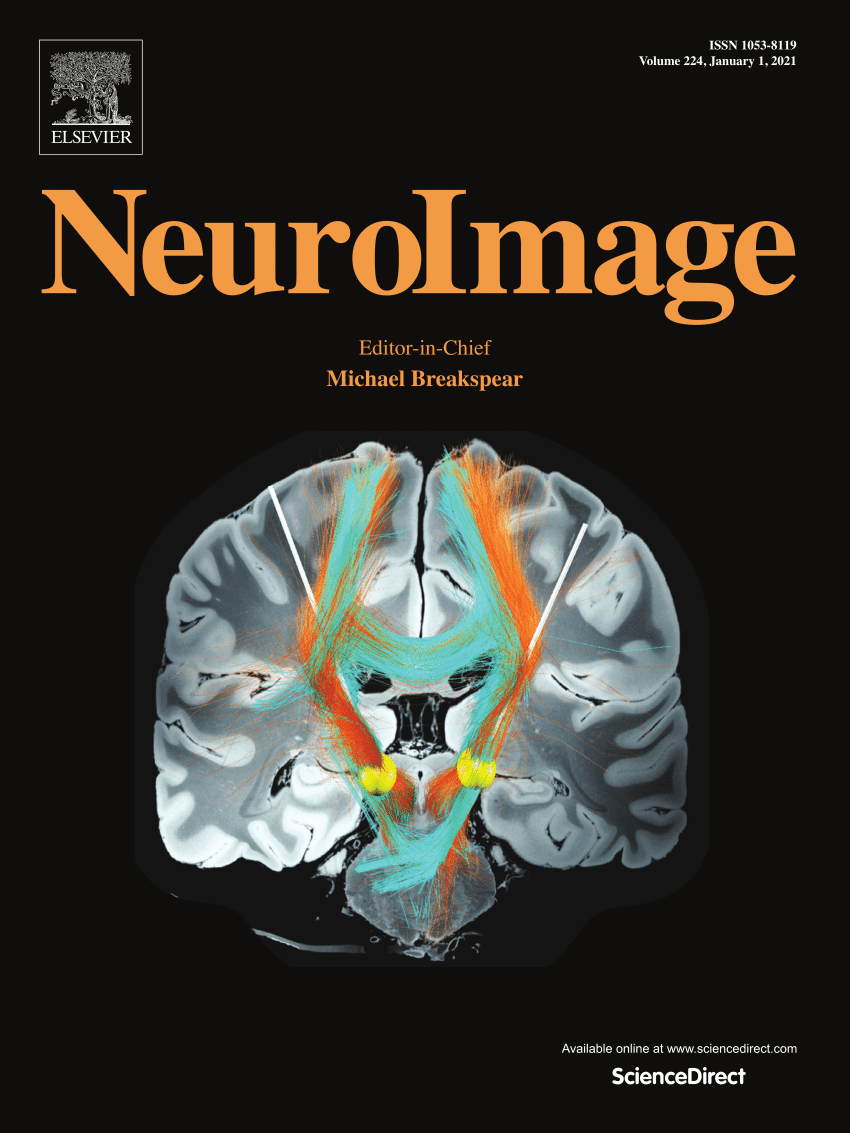UTE MRI for assessing demyelination in an mTBI mouse model: An open-field low-intensity blast study
IF 4.7
2区 医学
Q1 NEUROIMAGING
引用次数: 0
Abstract
Mild traumatic brain injury (mTBI) is a leading cause of long-term disability. Following mTBI, secondary chemical cascades and neuroinflammation can result in myelin damage, significantly impairing cognitive function. This study aims to assess demyelination in mice with mTBI induced by open-field low-intensity blast (LIB) using a novel three-dimensional short repetition time adiabatic inversion recovery UTE (3D STAIR-UTE) magnetic resonance imaging (MRI) sequence. Thirty male C57BL/6 mice, with 15 experiencing mTBI and 15 serving as sham controls, were included in this study. Behavioral tests were performed starting at 5 days post-injury to assess motor activity and anxiety-like responses followed by STAIR-UTE imaging using a pre-clinical 3T MRI scanner. Additionally, a proton density-weighted UTE sequence was scanned alongside the STAIR-UTE for quantification of myelin proton fraction (MPF). Luxol fast blue (LFB) staining was performed to evaluate myelin changes between the mTBI group and the control group. The behavioral tests indicated decreased motor activity in the center zone and increased anxiety-like response in the mTBI mice compared to sham controls. The STAIR-UTE sequence revealed significantly lower MPFs in the corpus callosum of mTBI mice (8.4 ± 0.4 % vs. 8.7 ± 0.4 %; P = 0.003), consistent with the myelin reduction observed in the LFB staining (0.77 ± 0.22 vs. 1.09 ± 0.15; P = 0.004). Our findings demonstrate that the STAIR-UTE sequence facilitates quantitative myelin imaging at 3T MRI, enabling the detection of demyelination in the white matter of the mouse brain associated with alterations in motor and anxiety domains post-LIB exposure.
求助全文
约1分钟内获得全文
求助全文
来源期刊

NeuroImage
医学-核医学
CiteScore
11.30
自引率
10.50%
发文量
809
审稿时长
63 days
期刊介绍:
NeuroImage, a Journal of Brain Function provides a vehicle for communicating important advances in acquiring, analyzing, and modelling neuroimaging data and in applying these techniques to the study of structure-function and brain-behavior relationships. Though the emphasis is on the macroscopic level of human brain organization, meso-and microscopic neuroimaging across all species will be considered if informative for understanding the aforementioned relationships.
 求助内容:
求助内容: 应助结果提醒方式:
应助结果提醒方式:


